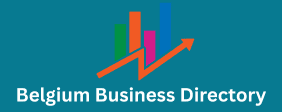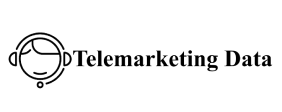Following up with prospects is very important in B2B sales because most leads will not buy on the first contact. 80% of leads require five contact moments to close a deal, yet only 8% of salespeople follow up that often.
Why? Follow-ups aren’t easy, but with the right
you’ll reach your sales and growth goals in no time.
What is a follow-up sequence and how do you plan your contact moments to convert leads into paying customers?
What is a follow-up sequence?
A follow-up sequence defines all the anhui mobile database contact moments necessary to convert a target person into a paying customer.
Salespeople typically use a variety of communication tools, such as telephone , email , LinkedIn , and paid campaigns , to contact and nurture target audiences over several days or weeks .
The goal is to build trust, tell your story
and introduce your products and services to the contact so that the company thinks of your product or service when they are ready to buy.
With a follow-up sequence, you know how to best serve the target person at every stage of your sales funnel. You also ensure that no leads fall middle of the funnel (mofu) lead nurturing through the cracks and the sales team has a clear structure, which can promote concentration and productivity. Finally, a clear follow-up sequence takes the uncertainty out of the sales process, as the contact points and the platforms used are clearly defined. This allows your sales team to concentrate fully on identifying the needs of the target companies and initiating personal conversations and emails.
Identify anonymous website visitors in real time!
Knowing the company names of each website visitor, where they came from, and what pages they visited will make it easier for you to connect with your target audience.
See for yourself. Try our lead generation software free for 14 days →
Example of a follow-up sequence
Here is an example of a sales follow-up sequence:
This follow-up sequence is based taiwan lists on the Agoge sequence, a popular outbound sales method developed by Sam Nelson. This strategy involves contacting leads across multiple channels and at multiple times within a short time frame.
Sales staff, CMOs and company founders are usually very busy, so a few contact moments are often not enough. With the intensive Agoge sequence, you increase the chance of actually receiving a response.
Prioritize your target audience
The Agoge sequence is very time-intensive and should not be used for all leads, so before you begin, create a clear buyer persona and use it to identify your target industries and job positions.
From there, compile a list of job roles that are your highest priority – for example: VP of Sales Development, Inside Sales Manager, Director of Sales Operations, VP of Marketing, Owner and CEO – and use the full Agoge sequence exclusively for these targets. You can then adapt and shorten the sequence for lower priority leads. For example, eliminate time-consuming tasks such as phone calls or reduce the number of contact moments.
When you use Leadinfo, you’ll always know exactly which companies have visited your website. Use this information in combination with your buyer persona to figure out which decision makers you should best target.
Now that you know who you want to contact, let’s take a closer look at the order of contact moments.

